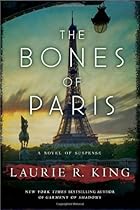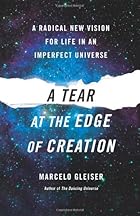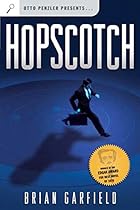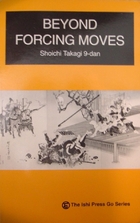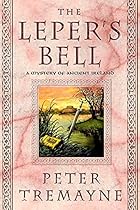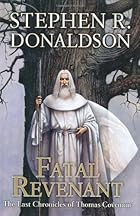
This is the second book in the Last Chronicles of Thomas Covenant, continuing the story of Linden Avery when she returns to the Land. In this story, Linden perseveres on her quest to find and free her son, who has been captured by Lord Foul. As the story unfolds, Linden undertakes a new quest to seek Thomas Covenant’s advice after he beckoned her through a vision. She is still unable to make decisions, wrought with frustration and anxiety, and she steadfastly believes that Thomas can provide some needed help.
The story is told in third person. However, we are very close to Linden Avery. We are in her thoughts and don’t experience any other character in the same way. Stephen Donaldson does a good job of keeping our sympathies with Linden, in spite of her inability to act. A significant amount of her time is spent worrying about her son, wondering what to do, or looking for Thomas.
Through the book Linden and her companions seem to accomplish very little, but the story still has good flow and deals with interesting issues. These include the politics of the world, a rift among the Haruchai, and time travel. We encounter some new characters and races, and explore some new regions in the Land.
The Haruchai are opened up to us more in this book, in the past I have felt that they were a one-dimensional version of a samura. In this book, we learn of their weaknesses and their history that lead to their current status of managing the Land. Stave, one of their number, was ostracized from the Haruchai in the last novel, now we learn a little more about what he has lost, and what he has gained. Our perception of what the Haruchai are from the first six novels is expanded and altered, and has become much richer.
We also learn a bit more about the Ranyhyn. These are a mystical race of horses who have incredible energy as well as some form of prescience. We wonder if they are sentient as well. The party includes several Ramen, a clan of people who have served the Ranyhyn for many ages and know them intimitely.
Stephen Donaldson’s world is rich in history and in its variety of denizens. This history comes out in much of the book through backstories that provide histories of the different people. Whenever we encounter someone new, they appear to need to relate a new story. These stories fill out the rich history of the Land. It feels as though Stephen has his world and wants to share as much of it as he can before ending the series. Sometimes, these stories feel that they are aimed more at the reader than the characters in the story. But they are interesting stories in their own right and do add value to the main story.
As is typical, all of his characters are deeply conflicted. As a group, they are secretive, most of her companions seem to keep information from the others. The party includes four Haruchai, this time. Three became somewhat reluctant companions at the bidding of the Ranyhyn. Other than Stave, we don’t understand the motivations of the Haruchai for traveling with Linden. Do they intend to stop her, or help?
Stephen’s writing style seems a bit odd at times. His writing is very descriptive, Stephen focusses almost exclusively on visual elements, but the other senses are rarely invoked. I don’t recall ever crossing a metaphor from him, and his rare use of simile is weak at best, such as comparing giants to Titans. They don’t offer any imagery, new ideas, or even help promote the story. Although his writing techniques are limited, his narratives can be compelling. As Stephen often reminded me, he possesses a very strong vocabulary and isn’t afraid to use it. The words he puts on the page are chosen carefully and convey precise meanings.
The dialog is usually straight forward, he does throw in phrases and words on occasion that give the dialog a formal and somewhat feel of the Middle Ages. The characters discussion are to the point, never to wander off point or to develop more complex characters. They aren’t necessarily short, at times they carry undertones of untold stories. Many of these come out during later encounters. Particularly with giants, who love epic tales. There is never a random conversation about other issues that typically concern the average person, everyone has a single purpose.
In other points, the book has a good glossary at the end that provides good references to the world and its massive data that you can’t track in your head. Some of the chapters seemed a bit long, they could have been cut down a bit without losing value.
In summary, the book is good, but a bit long. Anyone who has enjoyed the series should read it, but the books must be read in order. I am looking forward to reading the last two books. But when that time does come, I will be glad to be done.

